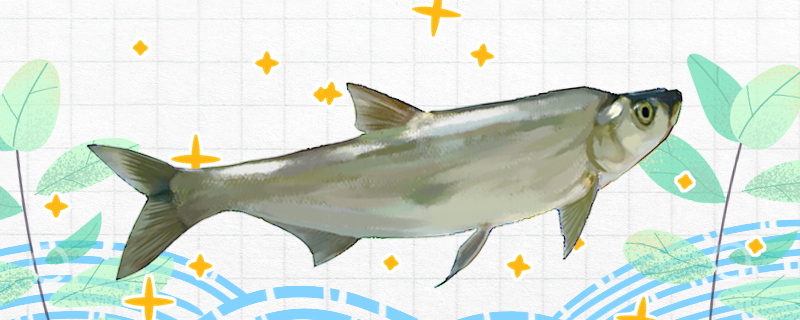
is Culter alburnus? The official name of Culter alburnus is actually "Culter alburnus", also known as "white fish", "Culter alburnus", "Culter alburnus" and so on. This kind of fish refers to the fish of Erythroculter ilishaeformis, Cypriniformes, Cyprinidae. The body of this fish is slender and flat, and its shape is similar to that of willow leaves. Their backs are raised, their eyes are larger, and their shape is more rounded. They have scales, but the scales are smaller. Their dorsal fins have very distinct spines and are hard in texture. Their backs are silvery gray, their bellies are silvery white, and their fins are slightly different in color. The weight of this kind of fish is generally between 2-2.5 kilograms, and the larger individuals can reach 10-15 kilograms.
Culter alburnus is a freshwater fish and lives in fresh water. They generally live in the middle and upper layers of the water, and are common in many rivers, ponds and lakes. In addition, they can also be cultured artificially, at this time, the same way of freshwater aquaculture is used. From the point of view of feeding habits, topmouth Culter is a carnivorous fish, and they are also a very ferocious carnivorous fish, the ability to hunt is very strong, many animals can become their food, many species of fish and shrimp around can become their food. If you want to catch this kind of fish, you can also use fish and shrimp, in addition, you can also use crickets, mole crickets, mantis, and even fat meat.
? It has been introduced above that topmouth Culter lives in fresh water and is more common in freshwater basins such as rivers. Therefore, it is a river fish, not a sea fish, and cannot adapt to life in the ocean. Specifically, topmouth Culter is more distributed in places where the current is relatively shallow. In addition, topmouth Culter has a relatively large demand for food, so they are more distributed in waters with more aquatic plants, fish, shrimp and insects. Culter alburnus is widely distributed in our country, and it can also be cultured artificially, and the scope of culture is generally relatively large.